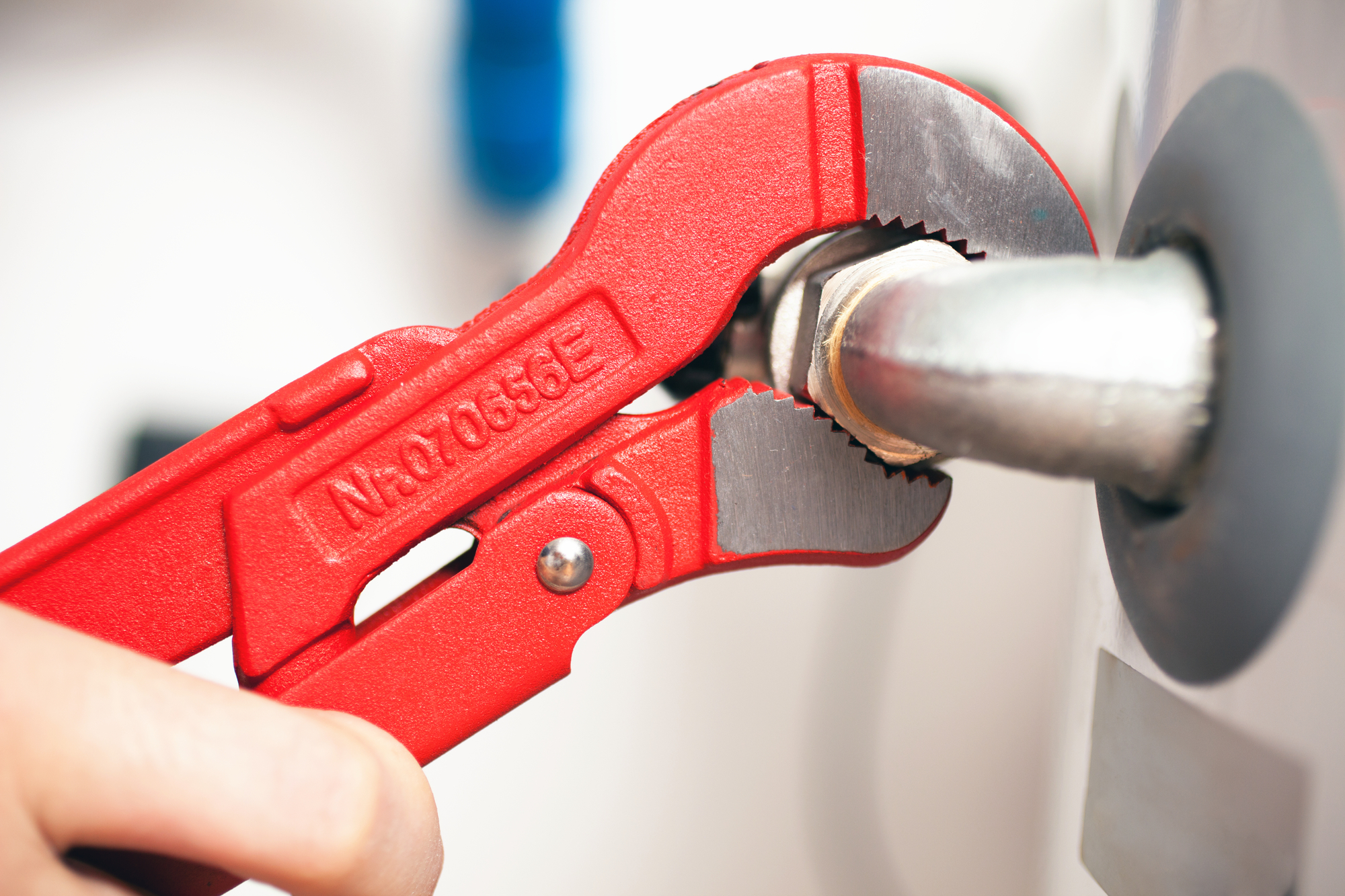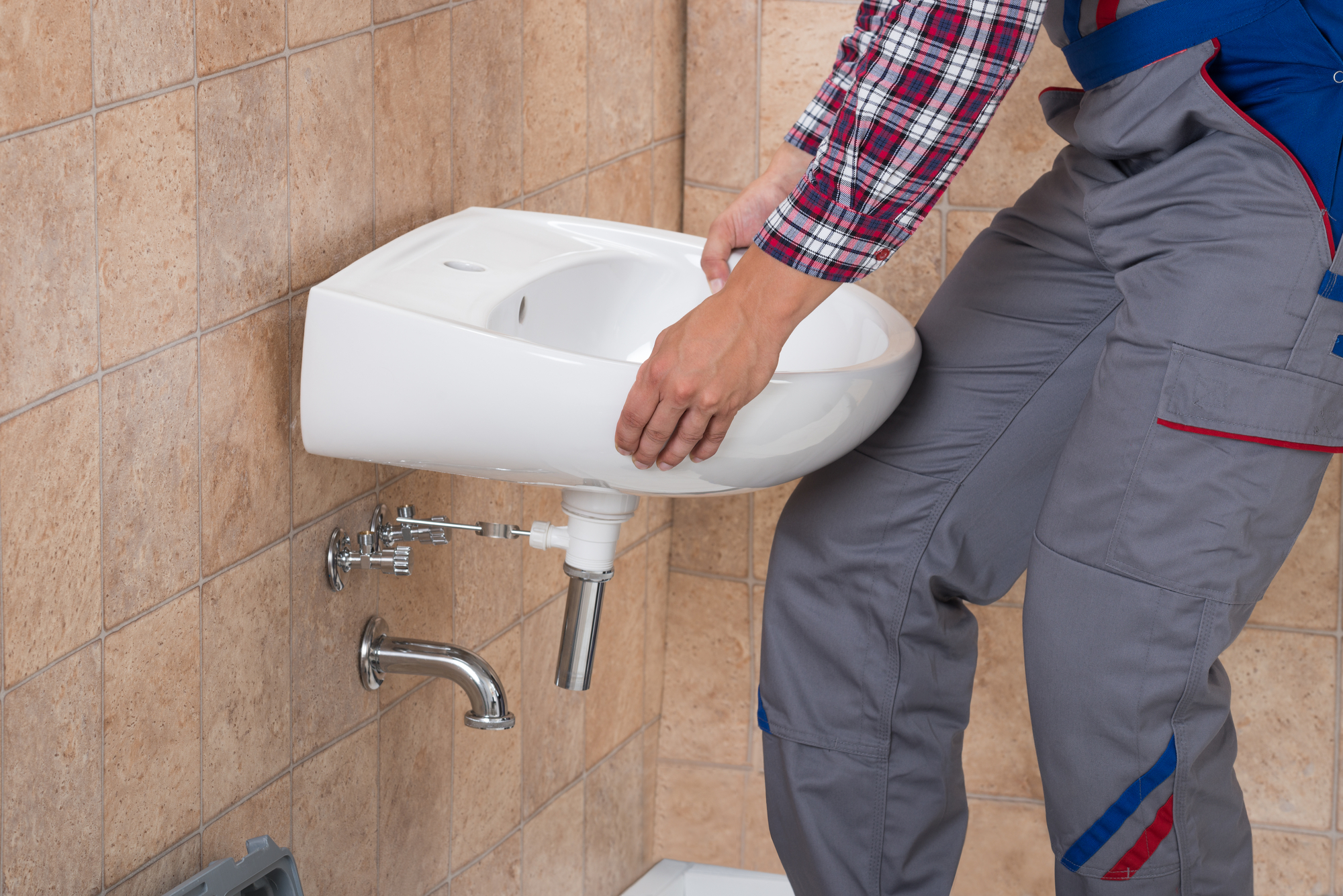Welcome to our informative guide on how to fix a belly in a sewer line. Dealing with plumbing issues can be daunting, especially when it comes to complex problems like a belly in your sewer line. This common issue, if left unaddressed, can cause serious plumbing troubles. In this post, we’ll explore what causes a belly in a sewer line, and the potential consequences, and provide a detailed, step-by-step approach to rectify this problem. Whether you’re tackling home maintenance or simply curious about plumbing, our guide offers practical insights and essential tips for efficient sewer line repair.
What Is a belly in a sewer line?
A belly in a sewer line refers to a problematic section of the pipe where it sags or slopes downward instead of maintaining the necessary slope for effective drainage. In a properly functioning sewer system, gravity assists in moving wastewater away from your property.

However, when a belly occurs, it disrupts this flow, causing water and sediment to accumulate in the low point of the pipe. Over time, this buildup can lead to erosion, blockages, and even severe sewer line backups.
Bellies are typically caused by factors such as poor installation, incorrect materials, or environmental influences like tree roots, earthquakes, and shifting soil. Detecting and addressing these bellies promptly is essential to prevent costly plumbing issues and property damage.
Root causes of a belly in a sewer line
To effectively address the issue, it’s essential to understand what leads to a sewer line belly. While inadequate planning and subpar installation are often at the root of the problem, various other factors can contribute to the emergence of a belly.
Environmental factors:
Professional installers recognize that proper bedding compaction, high-quality pipe materials, and the correct angle of slope are critical in preventing sewer line bellies. However, environmental factors such as tree roots, earthquakes, sun exposure, heat, rain, and extreme temperature fluctuations can also lead to soil shifting, causing bellies to form.

Proper soil bedding:
Preventing sewer line bellies begins with proper soil bedding during installation, which includes the use of large-format gravel and sand. Using incorrect materials during embedding can lead to certain sections of the pipe settling over time, creating a belly.
Correct slope and grade:
A sewer line must maintain the correct slope and grade to enable gravity to transport waste away from your home or building. Professionals equipped with advanced tools, including video cameras and locator wands, can ensure the appropriate slope, preventing bellies and the subsequent buildup of sediment.
Unstable ground conditions:
Sometimes, even well-installed sewer lines can develop bellies due to unstable ground conditions. If the earth beneath the sewer line shifts, it can cause sections of the pipe to sag.
Easiest steps how to fix a belly in a sewer line?
To fix a belly in a sewer line effectively, follow these concise steps:
- Inspect with a Sewer Camera: Identify the belly’s location using a sewer camera. This helps determine the severity and exact position.
- Evaluate the Damage: Assess how extensive the belly is. Decide if a repair can be made or if pipe replacement is necessary.
- Excavate Safely: After ensuring the area is safe for digging, excavating to expose the affected pipe section, being cautious of underground utilities.
- Repair or Replace: For minor issues, consider in-pipe repair methods like lining. If the damage is severe, replace the affected section, ensuring the new pipe has the correct slope (typically 1/4 inch per foot) for optimal sewage flow.
- Test the Repair: After installation, test for leaks and perform a camera inspection to ensure the issue is resolved.
- Backfill and Restore: Refill the excavated area, compacting the soil to prevent settling. Then, restore the surface to its original condition.
- Prevent Future Issues: Regularly inspect the sewer line and practice good maintenance to avoid similar problems. If the task seems daunting, consider hiring a professional plumber.
The mystery of sewer line belly vs. Sewer channeling
At times, a problem that appears to be a sewer line belly may be misdiagnosed. The actual issue might be sewer channeling, which occurs when a pipeline begins to buckle in sections due to erosion or increased weight on the pipe from shifting earth. When a pipe buckles, it disrupts the flow of wastewater, resulting in further blockages and buildup.
Sewer channeling:
Sewer channeling is a common problem with Orangeburg-type sewer lines. These pipes, primarily made of tar paper, tend to buckle with age, leading to channeling. Fortunately, Orangeburg pipes were not commonly used in northern California, where other materials like cast iron, clay, and plastic were more prevalent in post-war development.
Strategies for repairing bellied sewer pipes
Each case of a sewer line belly is unique, making it essential to tailor the repair approach accordingly. While trenchless pipe bursting is a widely used method for sewer line repair, it may not always be the best solution for a belly in a sewer lateral.
Digging an open trench:
Sometimes, the most effective course of action involves digging an open trench to access the problem area. This allows for the building and filling of the ground beneath the sagging sewer line. After the trench is filled, joints are reinforced, and the space is properly filled and compacted to meet code requirements.
Trenchless cured-in-place pipe lining (CIPP):
In certain situations, trenchless Cured-in-Place pipe lining (CIPP) may offer a more cost-effective solution. However, it’s important to note that CIPP cannot correct sewer line bellies. CIPP is typically reserved for cases where the existing pipe’s structural integrity can be preserved.
If the integrity is compromised, CIPP lining won’t provide a solution. When considering CIPP, ensure that the proper permits have been obtained for the work, as the chemicals used in the process can be harmful to both the wastewater system and local groundwater.
Ace plumbing repair offers expert sewer line services in Houston, TX
Ace Plumbing Repair in Houston, TX stands out for its proficiency in sewer line inspections, maintenance, and replacements. We serve the Houston area and its surroundings with unparalleled dedication.
Our team is composed of highly trained plumbing experts who specialize in all aspects of sewer line care. Overlooking a sag in your sewer pipe can escalate into extensive and expensive property damage.
Failing to address sewer line issues can create various health risks, including:
- Methane gas exposure, which can be emitted from broken sewer pipes
- The potential for bacterial infections from organisms like E. Coli and Salmonella
- Increased risk of respiratory conditions due to mold proliferation
At Ace Plumbing Repair, we have the expertise to detect and rectify problems such as sagging sewer lines. For a thorough evaluation and effective solutions for your sewer line dilemmas, trust our skilled team. Contact Ace Plumbing Repair .
Conclusion
In conclusion, it addresses how to fix a belly in a sewer line. Understanding the causes, from poor installation to environmental factors, empowers us to take proactive steps to prevent these issues. When faced with a sewer line belly, the key lies in accurate diagnosis and choosing the right repair method. Whether it involves trench digging or trenchless solutions like Cured-in-Place pipe lining, the goal remains the same: to restore the proper flow and function of your sewer line. Remember, when it comes to how to fix a belly in a sewer line, seeking professional expertise ensures the longevity and efficiency of your plumbing system.






